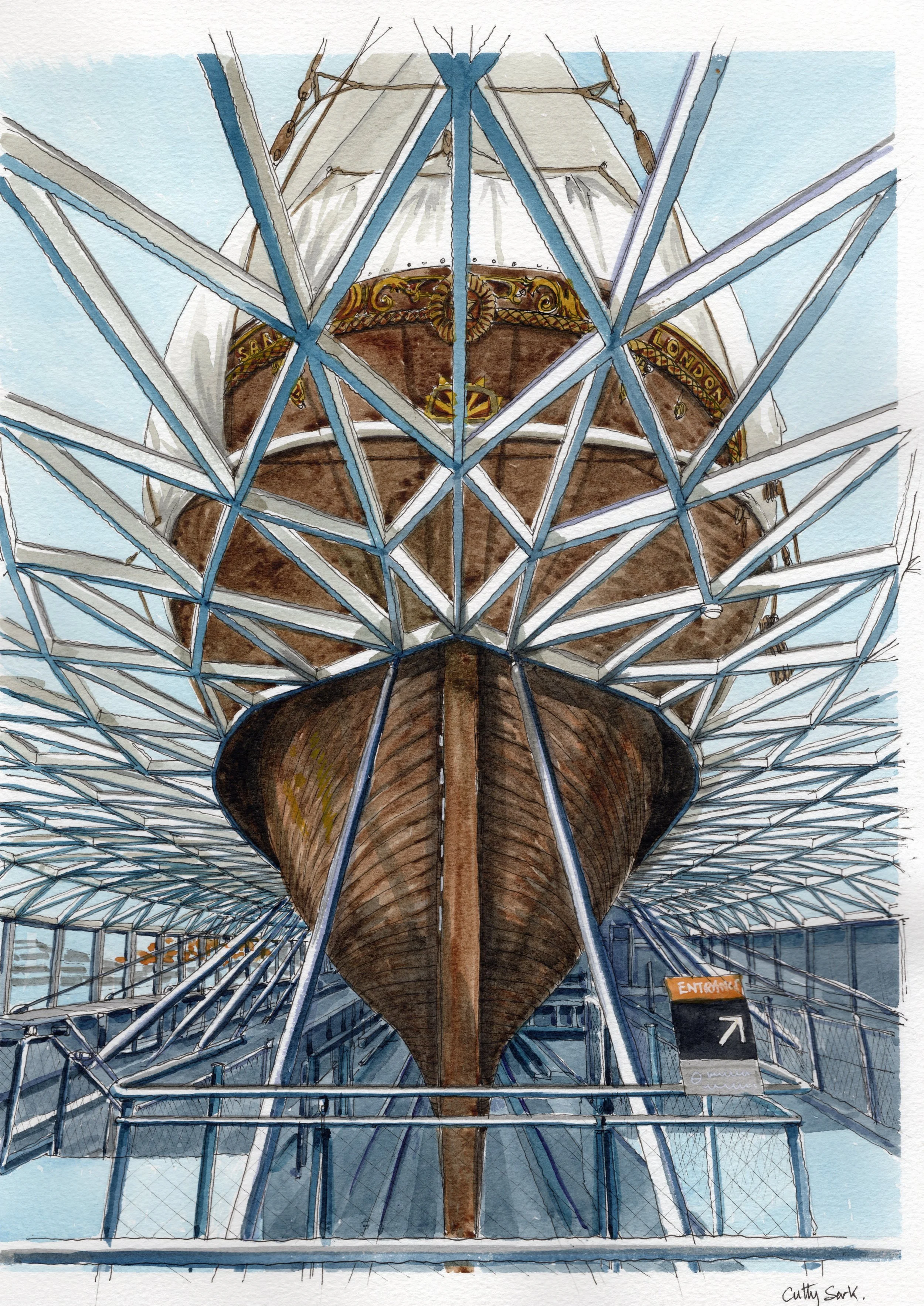
Cutty Sark
Cutty Sark
The Cutty Sark was built with one primary purpose: to serve the booming Chinese tea trade. While tea had been enjoyed in Asia for centuries, it didn’t arrive in Britain until the 1650s. Initially praised for its medicinal properties, tea became a drink for the wealthy. But with smuggling networks in full swing, its popularity skyrocketed. Eventually, the government slashed tea taxes to curb the smuggling, and by the early 19th century, it had become a staple for working families, enjoyed twice a day. The demand was huge—by 1869, more than 28 million kilograms were imported yearly.
The Victorians developed a bit of an obsession with drinking the first batch of tea to arrive in London. This led to the famous "tea races," where fast ships competed to deliver the tea first, which could fetch enormous prices. This fierce competition is precisely why the Cutty Sark, a clipper ship, designed for speed was built.
Built in Dumbarton, Scotland, in 1869, the Cutty Sark owed its creation to shipowner John ‘Jock’ Willis, who worked with designer Hercules Linton. Over the years, many of its crew were also Scots, but despite its strong Scottish roots the ship called London home. The Cutty Sark set out on its maiden voyage from London on February 15, 1870, heading for Shanghai. On that first journey, it carried a mixed cargo of goods including wine, spirits, beer, and manufactured items. It reached China on May 31, loaded with over 1.3 million pounds of tea. After just 25 days in port, the Cutty Sark sped back to London, completing the journey on October 13.
The ship's story is deeply tied to the history of British trade in the East, especially tea. The East India Company, founded in 1600, monopolised all trade with the East and would buy goods like tea, silk, and porcelain from China, paying in silver. The problem was that China wasn’t especially interested in British goods, and the imbalance in trade caused concern for the company. To solve this, they turned to opium. Grown in India, the Company sold opium to Chinese smugglers in exchange for silver.
In 1839, Chinese authorities tried to crack down on the growing opium addiction by seizing and destroying opium shipments in Canton (Guangdong). Britain saw this as an attack on free trade and an opportunity to expand their influence in China, leading to the Opium Wars. China was defeated, as a result, Britain forced open ports previously closed. Without the Opium Wars and the end of the East India Company’s monopoly, ships like the Cutty Sark would never have been able to participate in the tea trade at all.
"Cutty Sark" is an old Scottish term for a short nightdress—"cutty" means short or stumpy, and "sark" means a shirt or nightdress. The ship’s name comes from the famous Robert Burns poem, Tam O’Shanter. In the poem, a farmer named Tam is chased by a witch called Nannie, who’s wearing nothing but a revealing ‘cutty sark’.
It’s an unusual name for a ship. Legend has it that witches can’t cross water, which makes the choice even more ironic! But perhaps it adds some character to the famous clipper's story.